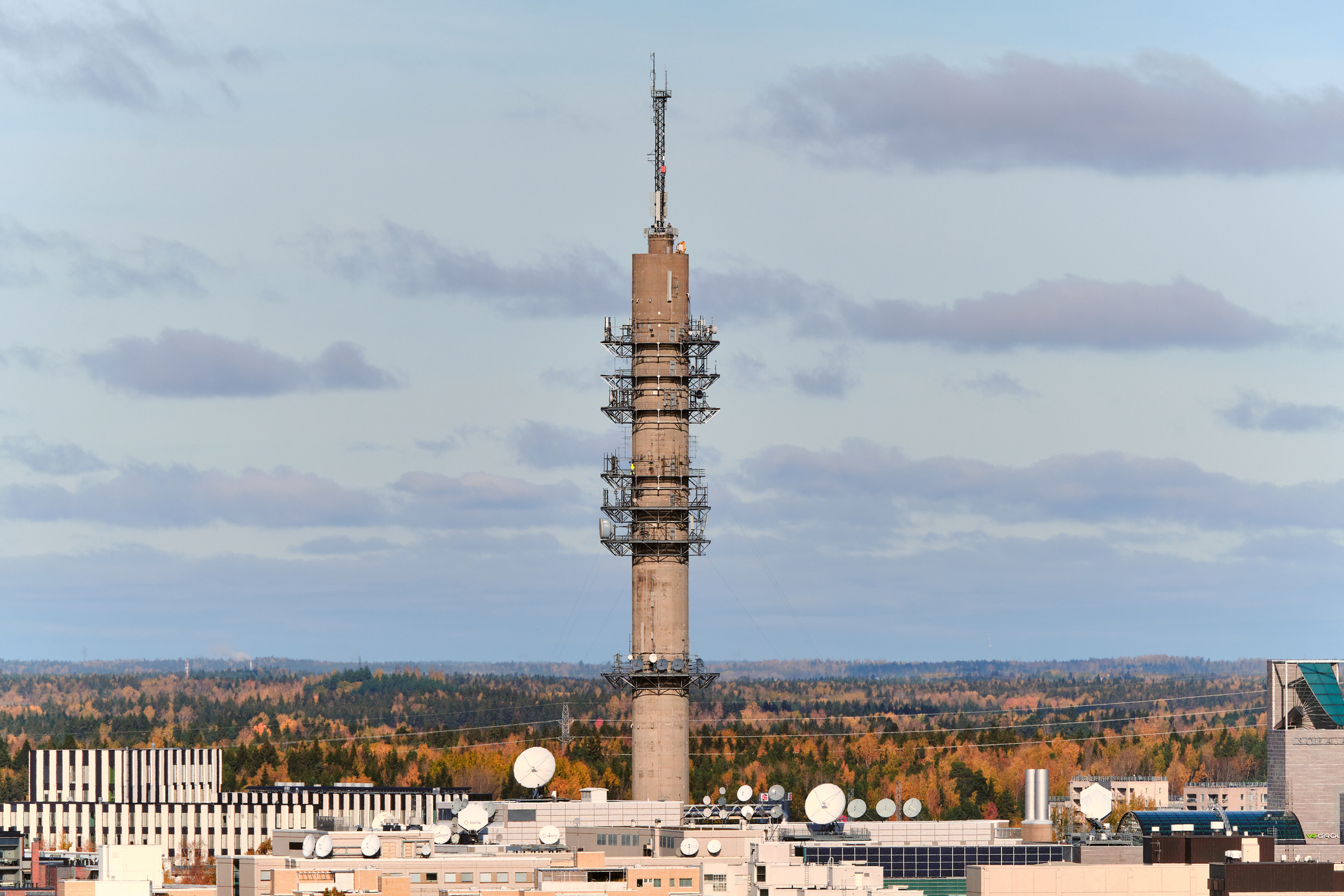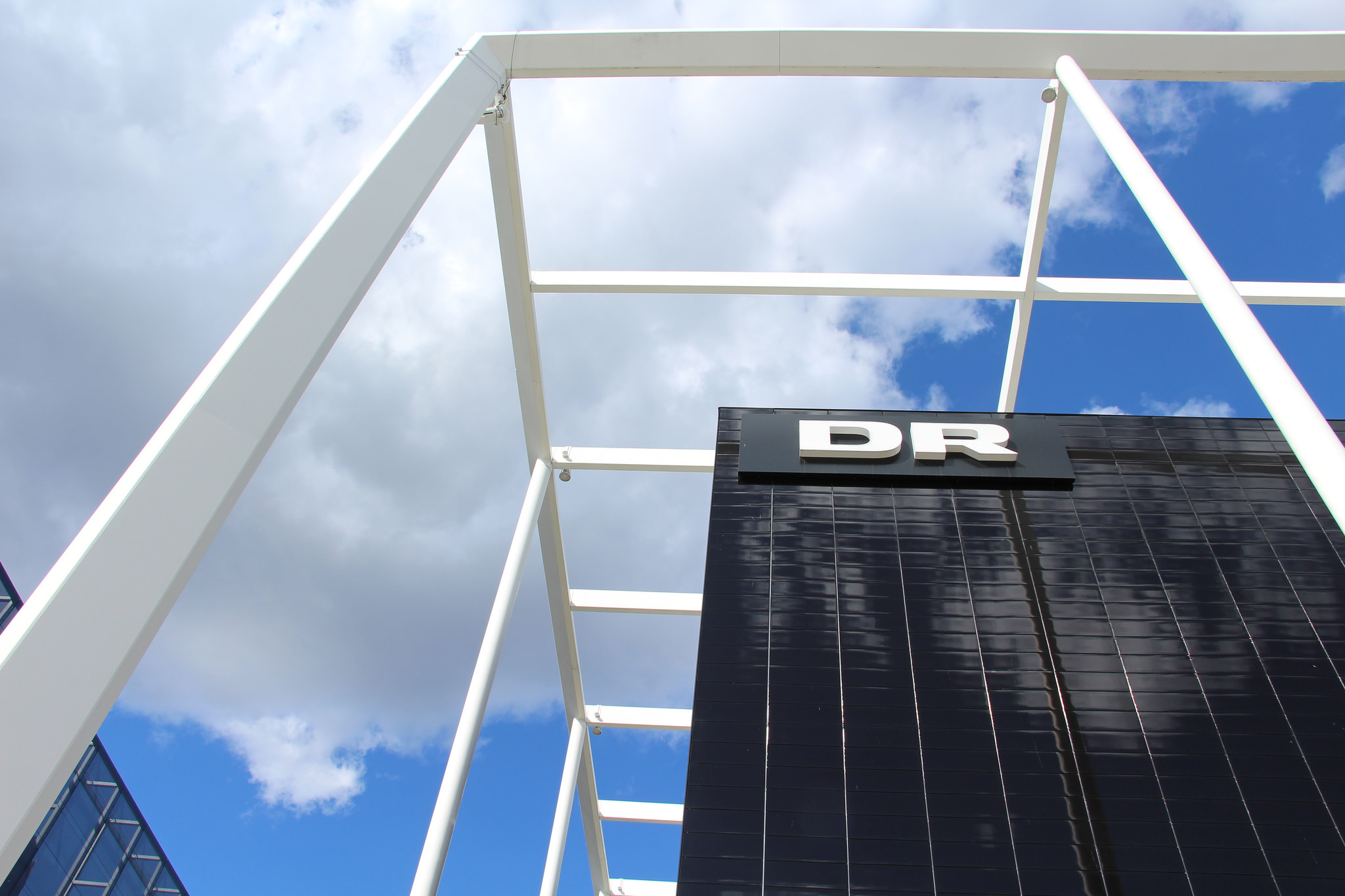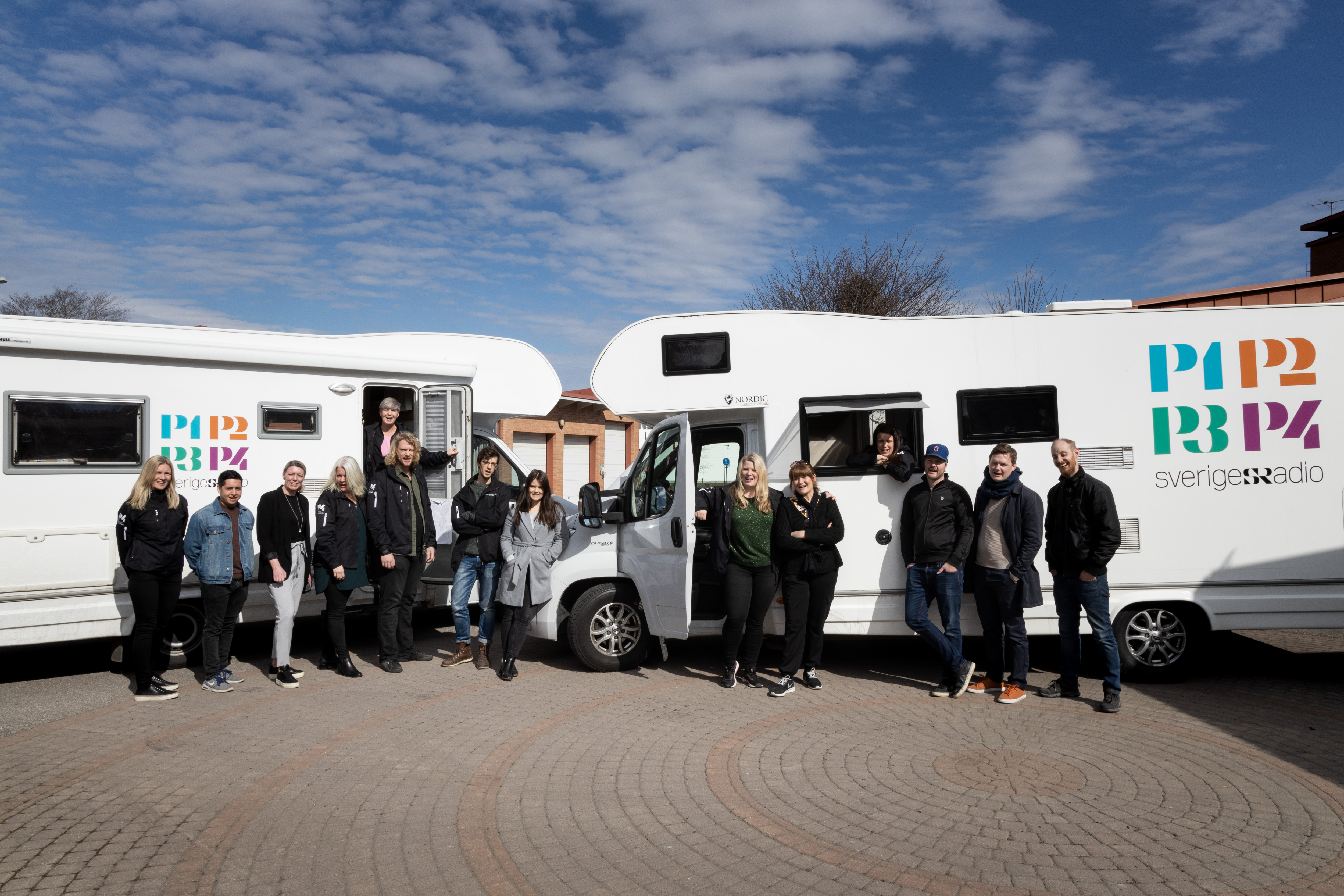Nordic countries might score highly in global press freedom rankings but there is no room for complacency when it comes to protecting public media.
By Chloe Howcroft
In recent years, countries in the Nordic region have remained within the top ten percent of Reporters without Borders’ (RSF) World Press Freedom Index. While the Index is not an exact science, it does provide evidence that, where there is a strong public media system, press freedom and democracy are more likely to survive and thrive.
But even in these consolidated democracies, public media and press freedom have their challenges. From funding pressures and audience fragmentation to the implementation of laws that could restrict media freedom and pluralism, Nordic public broadcasters are grappling with many of the common challenges facing public media worldwide, despite their traditionally freer media environments.
What are the key issues?
Here is an overview of some of the key challenges facing public media in Norway, Finland, Sweden, Denmark and Iceland – in order of their 2021 RSF press freedom ranking – and how some are responding to these pressures.
#1 Norway (2020 – 1, 2019 – 1)
Despite maintaining relatively high audience figures and trust during the COVID-19 pandemic, Norway’s public broadcaster, NRK, has struggled to reach younger audiences who are increasingly consuming content via streaming services like Netflix and YouTube. In a recent Nordvision report,Hildri Gulliksen, Programme Editor for children’s channel, NRK Super, was quoted about the importance of reaching such demographics: “NRK must be a relevant offer for all target groups, and we can state that the 12 to 14-year-olds are the target group we reach the worst. They are future adults, so also for that reason they are important to us…”
NRK’s main strategy to combat this challenge is to heavily invest in the production of more interesting and relevant content for this specific age group. Continuing to pool resources and ideas together with broadcasters facing similar challenges is another key response. Nordic public broadcasters are renowned for their collaborative, high-quality dramas, and NRK is one of several regional public broadcasters involved in the ‘B14’ network, which co-produces numerous dramas for children every year.
As for engagement with even younger audience groups, NRK Super recently re-launched its ‘Superbus’ initiative – a tour bus that visits primary schools in Eastern Norway, bringing well-known characters and presenters to interact with schoolchildren.
#2 Finland (2020 – 2, 2019 – 2)
Pressure has been building to re-examine the Finnish public broadcaster Yle’s offerings and its role within the country’s increasingly competitive media market. Calls stem from 2017 when the Finnish Media Federation filed a complaint with the European Commission questioning how appropriate it is for Yle, which is financed by taxes, to use public funding for publishing written content on its website.
A recent PMA report on the situation covered how, despite text-based content being especially useful during the COVID-19 pandemic in terms of broad accessibility, the Ministry of Transport and Communications proposed amending the Finnish Broadcasting Company (Yle) Act to only allow Yle to publish written content for breaking news or when accompanied by audio or visual content. Such a move could radically change Yle’s practices and possibly hinder its ability to fulfil its public service remit, reach a broad audience and sustain the plurality of its content.
Several commercial outlets have also expressed their concerns about Yle’s offerings. Last month, Finnish media group, Sanoma – which consists of a newspaper, TV channel and educational publisher – filed a complaint with the European Commission to investigate whether Yle Areena (Yle’s video-on-demand service) and its educational materials comply with requirements under EU state aid rules. The group is also calling for the Act to be amended. This comes despite efforts made by Yle to increase collaboration with, and offer its resources to, commercial outlets. The Act is currently being considered in parliament.
Yet public support for public media prevails. Earlier this year, a citizen-led initiative was set up to defend Yle’s written content, which has now collected more than 50,000 signatures and will be discussed in parliament. Yle reported: “According to the initiative, safeguarding Yle’s textual content is important for safeguarding freedom of expression and the press, equal access to information and democracy.”
Yle’s value to society and its high-quality content has been further recognised, having just received the Brand of the Year Award. According to Yle’s brand manager, Janne Saarinen, “Our brand work is a small everyday act that arises in interaction with the world around us. We build a strong, time-bound, inspiring, independent, and multi-voiced public service media. It constantly creates value for the public and society at large.”
#3 Sweden (2020 – 4, 2019 – 3)
‘Swedish public service broadcasting under fire’ is the title of a report published by RSF last year, revealing the mounting pressures facing public media in Sweden. One significant threat includes proposals to significantly reduce funding for all three publicly funded public media organisations: Sveriges Radio (SR), Sveriges Television (SVT) and Sveriges Utbildningsradio AB (UR) – an education-specialist broadcaster. Their funding model transitioned in 2019 from a licence fee mechanism to a tax-based system, but some free market thinkers now suggest that the PSBs ‘shouldn’t use tax funds to compete in the online news market or to produce mainstream entertainment’ content. Another threat is the ongoing rhetoric calling for the removal of public media, or significant reduction of their services, which is increasingly coming from within conservative party groups. According to RSF’s report, even their ‘impartiality is increasingly being questioned – both by politicians and by “alternative media”’.
There are also growing concerns about proposals for new or revised bills. For instance, in a recent blog, Cilla Benkö, CEO of Sveriges Radio, explained the issues surrounding the ‘revised bill on foreign espionage’ and the ‘banning’ of ‘anonymous prepaid cards by 2022’, a tool that many journalists – including those working for Sveriges Radio – use when ‘communicating with sources who want to be able to convey information in a secure way.’ While in theory these measures are designed to improve national security and reduce crime, if implemented they could have significant repercussions for press freedom, transparency, and the public’s right to information, with possible sanctions for those deemed to be violating the new regulations. Benkö also referred to situations during the COVID-19 pandemic where authorities have lacked full transparency – in some cases, SR teams have been denied information about practices and developments surrounding the pandemic. This growing lack of openness – despite Sweden’s traditionally robust transparency laws – and new obstacles for journalists to effectively do their jobs, may have a significant impact on reporting the general election in 2022.
But still, Swedish public broadcasters maintain high levels of reach, public trust and confidence: nearly three quarters of the public have confidence in SR, SVT has been voted Sweden’s most trusted news brand and – like many PSBs worldwide – UR’s societal role was ‘clarified’ during the COVID-19 pandemic.
Moreover, both SR and SVT have plans to expand their local journalism, while also experimenting with new digital technologies and innovations to ensure that they achieve universal reach and relevance. Meanwhile, as UR ramped up its educational offerings during the pandemic, it is now focusing its efforts on how to play an even bigger part in preparing for and supporting school systems and wider society for future crises and emergencies.
#4 Denmark (2020 – 3, 2019 – 5)
One of the key findings from Danish Radio’s (DR) Media Development 2020 report highlights that while traditional TV consumption increased by 11% last year, this is still not enough to compete with the growth of audiences using streaming services. And unlike NRK’s specific challenge regarding younger audiences, DR records that this migration is gradually gaining pace across all age groups as the growth of international tech giants increasingly fragments the Danish audience share. In response, DR’s CEO, Maria Rørbye Rønn, explained just some of the new initiatives DR recently launched to maintain relevance with its audiences: ‘In 2020, we have strengthened DR TV as a main entrance to DR’s TV content, we have launched DR Lyd as a combined entrance to radio and podcasts. In front of us is an even more marked digital development…’
But even before the pandemic, DR was implementing a savings plan to make up for the 20% expenditure cut approved by the former Danish government and Danish People’s Party in June 2018, among other reforms that were seen to be reducing media pluralism in Denmark. The first phase of budget cuts was worth DKK 428 million. At the start of 2020, DR closed several channels, made DR3 and DR Ultra digital-only, and merged DR 2 with cultural TV channel DR K. There were wide-ranging job losses planned too. Fortunately, when a new government was elected in 2019, it passed the Fiscal Act 2021, which scrapped the outstanding budget cuts. DR is conscious that 2021 is likely to be an even more expensive year, given last year’s event postponements, so there appears to be relief that at least some of the profit generated from financial year 2020 will be put towards these additional costs.
#16 Iceland (2020 – 15, 2019 – 14)
Like many European public broadcasters with mixed funding models, Iceland’s RÚV was not insulated from the financial impacts of COVID-19. According to RÚV’s Annual Report 2020, it was the first time since 2014 that the organisation’s annual accounts were ‘negative’. Losses were calculated at approximately ISK 209 million, largely due to declining advertising revenue in recent years and further exacerbated by the pandemic. The public broadcaster now warns that ‘There is uncertainty about developments in the coming years. It is clear that further narrowing of the advertising market will affect the company’s revenue and its ability to perform its service role.’
RÚV has had one reprieve from its financial woes. At the end of 2020, the organisation entered into a service agreement with the Ministry of Education, Science and Culture. Under the new agreement, RÚV would be expected to increase its services for children and young people – as already demonstrated during the pandemic – as well as promote the Icelandic language. RÚV will use 12% of its radio fee revenue on co-producing and purchasing Icelandic material from independent producers. According to RÚV, the agreement is valid from 1 January 2020 – 31 December 2023 and will ensure that the broadcaster receives the ‘necessary stability in terms of service income, which enables the company to make longer-term plans.’ Financial stability is vital for enabling RÚV to fulfil its public service remit and maintain the high levels of consumption and positive public attitudes recorded during the pandemic.
While this is only a brief snapshot of the challenges facing Nordic public media, it serves as an important reminder that even in more consolidated democracies, press freedom and public media face very real – and potentially debilitating – threats to their public service mandates. It is vital that we continue to raise awareness of these issues and highlight how public broadcasters are managing to alleviate some of these pressures.
Header Image: The flags of the countries of Scandinavia waving in the sky of a beautiful summer day. Credit: Antony McAulay/Shutterstock.com
Related Posts
5th June 2020
Swedish Radio’s Director-General Cilla Benkö: Attacks on journalists in the US show that words can be dangerous
While demonstrations against police…



